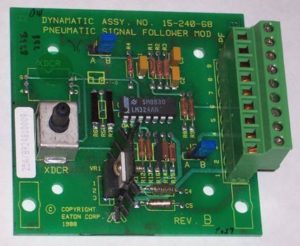 If your computer won’t boot up how will you type your story? The problem that prevents your device from turning on relates to the problem that makes characters and stories fail to excite their readers. Bad circuitry. When an electrical socket gives force to electrons they flow through a circuit in order to power your computer. If something goes wrong with that circuit…click, click, click…nothing happens.
If your computer won’t boot up how will you type your story? The problem that prevents your device from turning on relates to the problem that makes characters and stories fail to excite their readers. Bad circuitry. When an electrical socket gives force to electrons they flow through a circuit in order to power your computer. If something goes wrong with that circuit…click, click, click…nothing happens.
Now think of conflict as the electricity, your story as the circuit, and your characters as the electrons. A lack of electrons moving through the circuit will leave your readers with a blank screen. Either you don’t have conflict (electricity) or your characters get lost in the story (a broken circuit).
Overloading a circuit will surely cause it to break. You’ve got to look at every single character in your story and ask yourself if they are necessary. When it comes to characters the less-is-more rule applies. The fewer the characters, the lesser the chance your readers will get confused. Find eliminating characters difficult? Try combining them. Rebecca Makkai addresses this process in her article “The Delicate Art of Character Folding”.
Get rid of any character who merely serves as a mail carrier or hotel desk clerk, or the like. Sometimes you can do this by entering a scene late or leaving it early.
Thomas McCormack talks about circuitry in his book The Fiction Editor, the Novel, and the Novelist. Please note he targeted this book to editors so if you’re not heavily into editing your own work this may not be the book for you. Anyway, McCormack says, “Insofar as he’s interested in revealing character, the author’s job is to construct circuitry that will call for decisions, for actions.”
To test the circuitry of a character McCormack offers seven questions for you to ask about each of your characters
- What does he want or promise
- How does he make it happen?
- What effect does he have on the story (or main character)?
- Does the reader care strongly for or against him?
- Do we care about his goal?
- Does he braid or conflict with other characters?
- How is he resolved?
I’ve designed a worksheet to assist you in this process. After you’ve printed out this worksheet, listed your characters and made notes based on these questions, you’ll find looking at this all on one-page interesting. You’ll see the circuitry of your story and if all your electrons flow smoothly through it. Weak answers to any of these questions means your story lacks power to light up your readers.
Do you need to do this for minor characters? K.M. Weiland tackles giving minor characters an arc in her book Creating Character Arcs: The Masterful Author’s Guide to Uniting Story Structure. What she says you can apply to circuitry too. “As you run through your checklist of story must-haves, at least make sure all prominent minor characters have individual goals, which are met with obstacles/conflict, which are eventually resolved one way or the other by the story’s end.”
You want your readers to reach the end of your story, which they will do if the conflict charges the characters and they bounce against each other, putting off energy. If everything works correctly one click of the switch will shine a bright bulb for your readers.